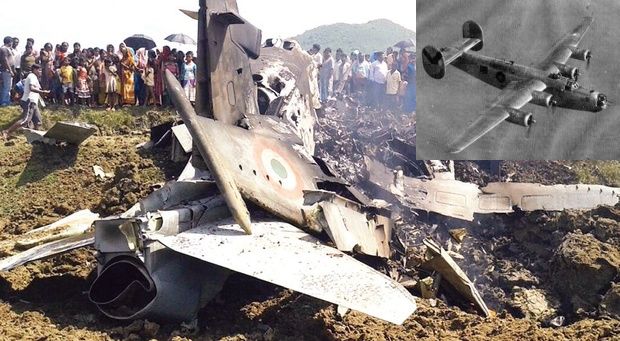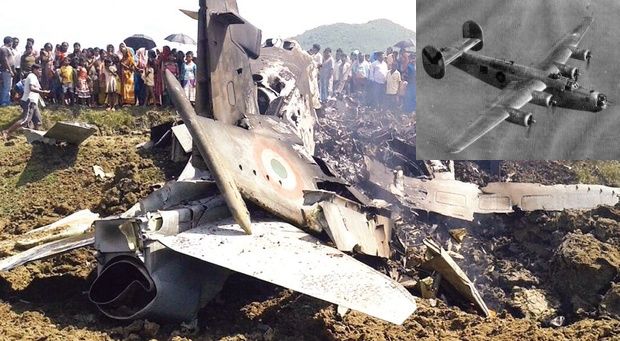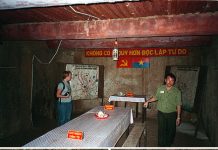
KOLKATA: The AJT Hawk from Air Force Station Kalaikunda that crashed near Bahragora in Odisha on Wednesday joined a long list of aircraft that have crashed over the last several decades in what is known as India’s very own ‘Bermuda Triangle’. According to military historians, at least a dozen aircraft have crashed in the small triangle formed by Piardoba (Bankura) in West Bengal, Chakulia in Jharkhand and Amarda Road Airfield in Odisha.
” There have been numerous crashes in this area due to the large number of airfields that were set up in the last years of World War II. On May 4, 1944, an American Liberator collided with a Harvard Havilland and crashed at the Amarda Road Airfield, killing four crewmen. This spot is just 75 km from Wednesday’s crash site. On the night of May 7, 1944, another Liberator from Digri, on a special mission, crashed 20 minutes after takeoff, killing all 10 persons on board. Digri is only 100 km from where the AJT Hawk crashed,” says war historian Anil Dhir who holds a memorial service every year at Amarda Road Airfield.
On May 13, 1944, another De Havilland crashed soon after takeoff from Amarda Road but the crew managed to escape. On October 28, 1944, a Liberator that took off for a night sortie crashed near Salboni, nearly 90 km from Bahragora. Eight persons were killed in this crash.
” The worst crash occurred on July 26, 1945, when two Royal Air Force B-24 four-engine Liberators (EW225 and EW247) collided midair at low altitude. The aircraft were based at Amarda Road Airfield and part of a six-plane contingent from the Air Fighting Training Unit and were engaged in a formation flying exercise. Fourteen airmen, the crew of the two aircraft, died due to the collision and after the mangled remains of the planes crashed to earth from 2,000 feet. The debris fell into paddy fields swollen by monsoon rains. The exact spot is now in West Bengal, just 50 km from where the Hawk crashed,” Dhir adds.
According to him, there were many more crashes from neighbouring airfields. In many cases, aircraft crashed into the Bay of Bengal and were never traced. The allied forces had anticipated the Japanese onslaught from the northeast and a string of airfields were set up in the area. These included those at Jharsuguda, Amarda Road, Charbatia, Hijli, Dudhkundi, Digri, Salua, Chakulia, Kalaikunda and Bishnupur. Amarda Road had one of the longest runways in the world. The runway still exists. Hundreds of aircraft were stationed at these airfields and the entire operations in Burma and beyond were controlled from there.
” The Burma and China Hump operations resulted in the highest number of casualties. The Hump route was called the graveyard of aircraft. One in eight pilots who operated this route lost his life. Nearly 594 aircraft crashed, went missing, or were written off and 1,659 crewmen killed or went missing in action there. In fact, crash sites with wrecks are still being discovered in the hills of Arunachal Pradesh and Meghalaya. Most of these airfields are now disused and forgotten,” Dhir says.














